Mangrove raises $3M from BDC Capital to accelerate deployment of battery-grade lithium processing systems
Green Car Congress
FEBRUARY 15, 2021
The platform technology is also being commercialized for conversion of waste brines to chemicals and desalinated water. The Mangrove technology is derivative of the company’s original focus on the treatment of produced water. Mangrove says that its process recovers more than 90% of the lithium from lithium concentrates.

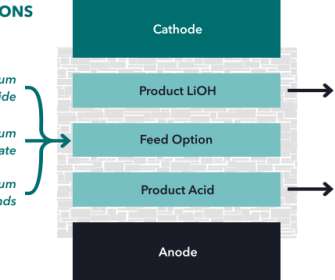
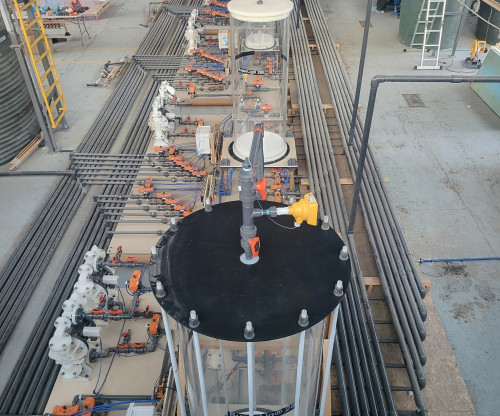



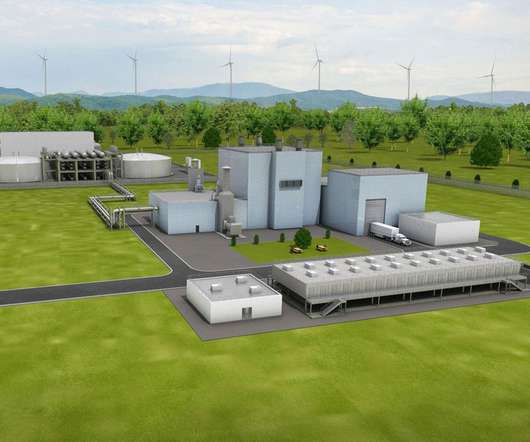








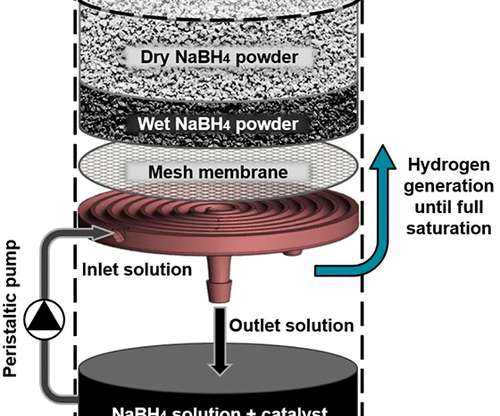


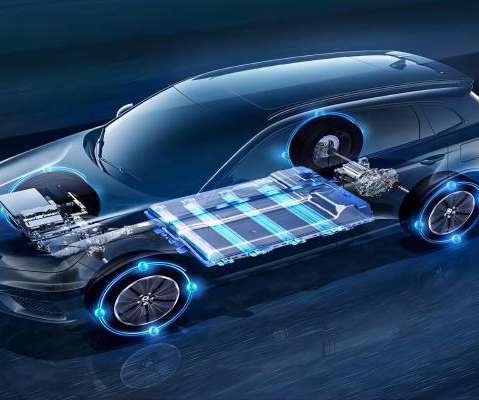


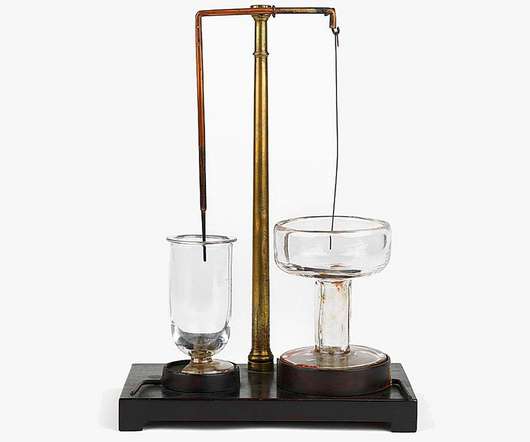





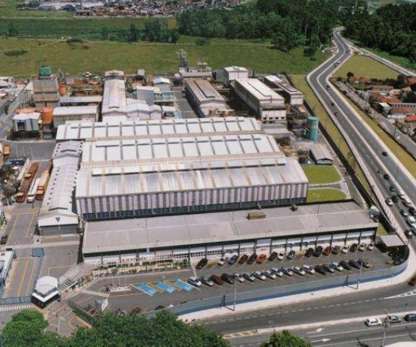






Let's personalize your content